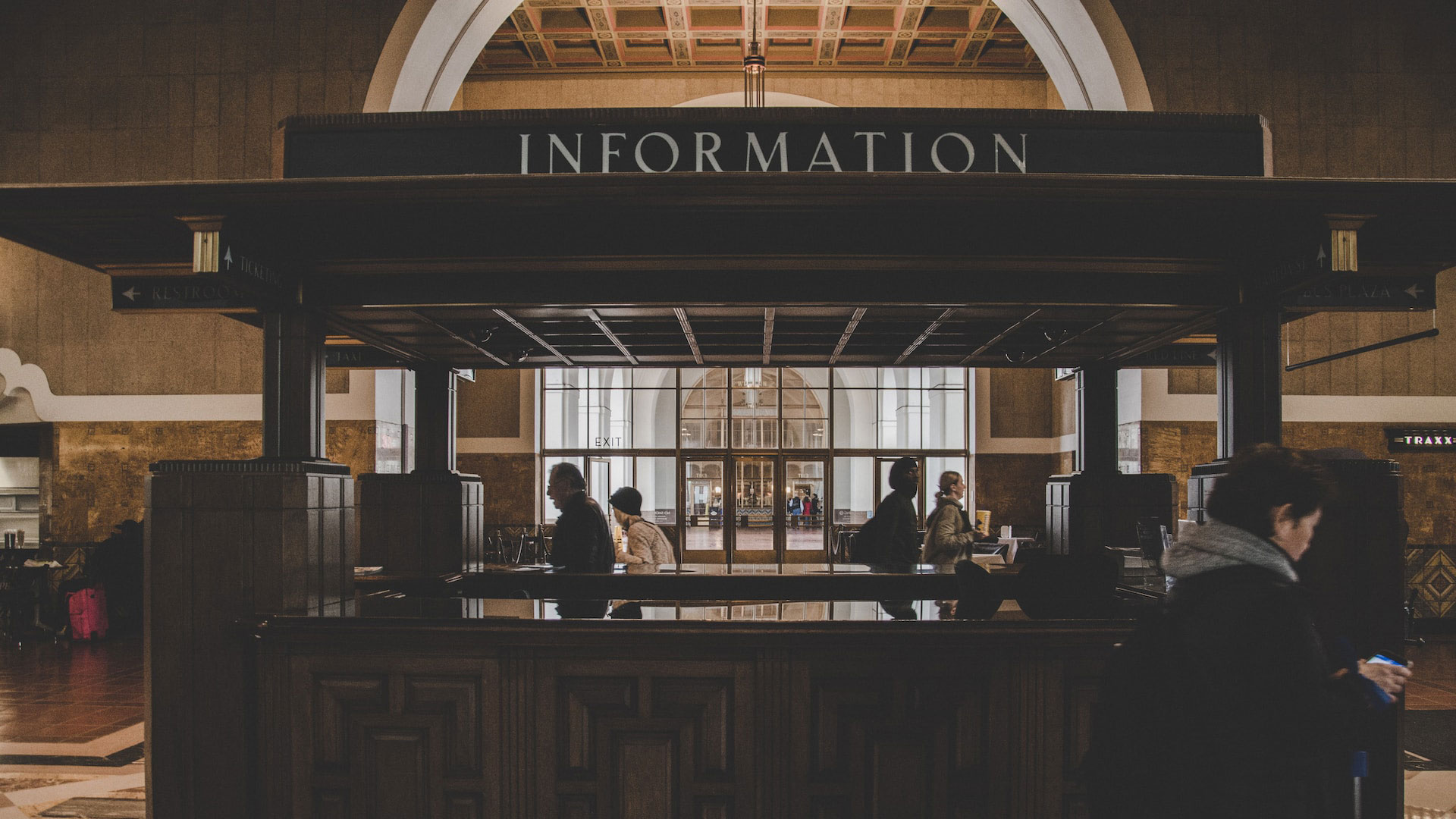How journalism is focusing on richer and more educated audiences and leaving others behind
It’s a bull market for media companies targeting high-end readers, […]
It’s a bull market for media companies targeting high-end readers, as more online publications switch to subscription models.
The trend started a few years ago, when business models switched from free content along advertisements to paywalled content accessible by a subscription. For instance, articles covering the climate by The New York Times or The Washington Post now only available to a niche group of people.
According to a 2010 Nielsen estimate about 20 percent of Times website visitors accessed paywalled content. This figure is probably accurate for general traffic – the readers, albeit most people probably adjust by either subscribing or avoiding paywalled websites all together.
Axios: “In this commercial environment, quality is being supported by paying audiences,” said Rodney Benson, chair of NYU’s Department of Media, Culture, and Communication. “Obviously, long-term, this is going to have tremendously negative civic effects.”
As more of these outlets and paywalls pop up, academics and media opinion leaders have begun to voice concern over whether our society is paying enough attention to marginalized populations when it comes to news.
- A new survey of senior media leaders globally suggests growing concern that new business models, and specifically subscriptions, “may be pushing journalism towards super-serving richer and more educated audiences and leaving others behind.”
- “That’s how the business model works in a capitalistic system,” said Kathleen Hall Jamieson, director of the Annenberg Public Policy Center and founder of Factcheck.org. “The problem is that we can’t have so much behind paywalls, that the public that can’t afford to break through.”
While a paywall affects page views, the revenue impact differs.
Related Study: Our data consist of daily pageviews of 42 newspapers that introduced a paywall during the eight-year analysis period from January 1, 2010 to December 31, 2017. We find that a paywall has a negative impact on daily pageviews for most newspapers, but that the impact varies significantly across them.
First there was the internet, an information platform accessible by all, and many content companies grew with it. Today the trend is towards fracturing the free flow of information, of knowledge and wisdom.
In the name of commercial growth most people have no longer access to all the information in regards to the most important topics. Yes, you can still find free content and information but it appears it becomes more difficult each year.
Harvard Business School: A new study that incorporates data on the four primary revenue components of traditional newspaper companies—print subscription, print advertising, digital subscription, and digital advertising—finds that for companies with high circulations and large amounts of exclusive content, paywalls can increase overall sales, often by increasing demand for print subscriptions.
Newspapers with less exclusive content, however, have generally experienced losses when they started charging readers to access digital editions, according to the research, which studied major newspaper firms in the United States.
Bottom line is, paywall content deepens the divide across the majority.
Future of Information Environment: A deeper digital divide was predicted by some respondents who said that 10 years from now, those who value accurate information and are willing to spend the time and/or money to get it will separate from those who do not. Alex ‘Sandy’ Pentland, member of the U.S. National Academy of Engineering and the World Economic Forum, predicted of the information environment, “Things will improve, but only for the minority willing to pay subscription prices.”
And from the same paper..
Garland McCoy, president of the Technology Education Institute, predicted, “As most of us know there is the public internet, which operates as a ‘best effort’ platform and then there areprivate internets that command a premium because they offer much more reliable service. So it will be with the ‘news’ and information/content on the internet. Those who have the resources and want fact checking and vetting will pay for news services, which exist today, that charge a subscription and provide, for the most part, vetted/authenticated facts ‘news. ’Those who do not have the resources or who don’t see the ‘market value’ will take their chances exploring the world of uncensored, unfiltered and uncontrolled human mental exertion.”
Related
- A global plan of action to make our online world safe and empowering for everyone https://contractfortheweb.org
- Keep the Internet free and open https://blog.google/outreach-initiatives/public-policy/keep-internet-free-and-open/
- Are Paywalls Saving Newspapers? https://hbswk.hbs.edu/item/are-paywalls-saving-newspapers
- From The Fake News Crisis To The Crisis Of Journalism: the European Union’s Approach https://www.academia.edu/45572940/From_The_Fake_News_Crisis_To_The_Crisis_Of_Journalism_the_European_Union_s_Approach
